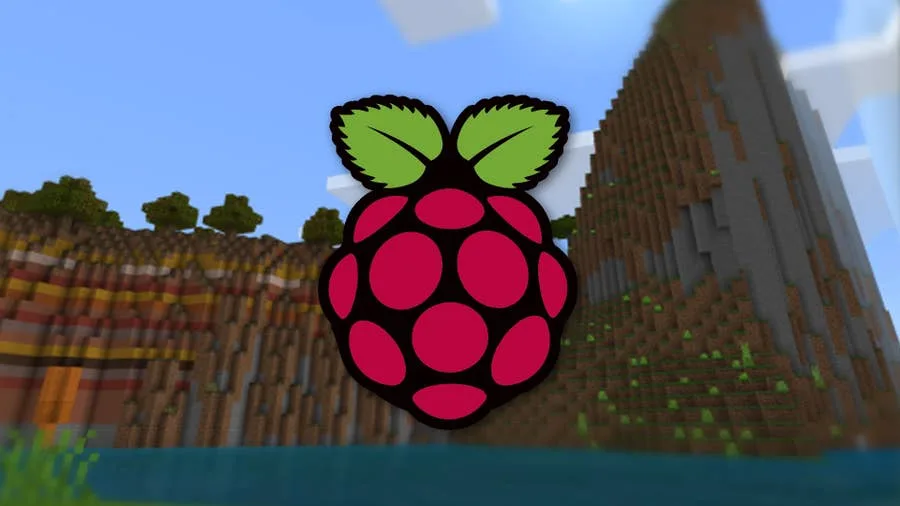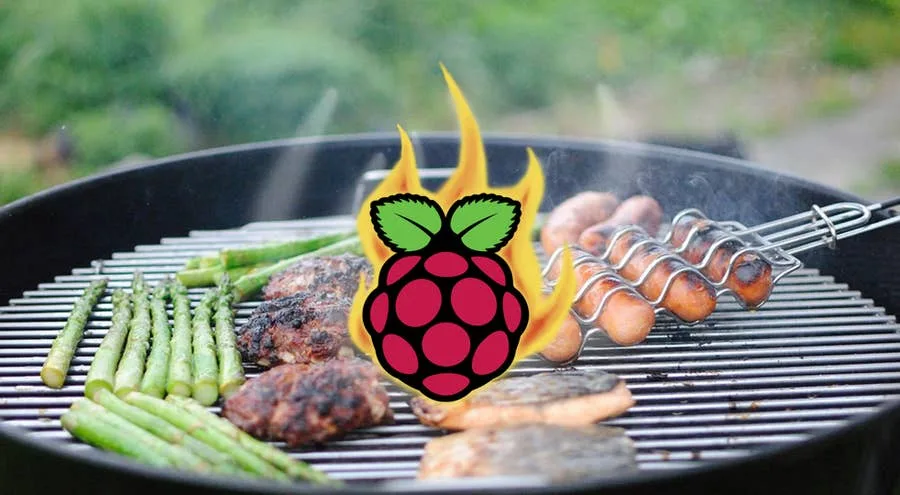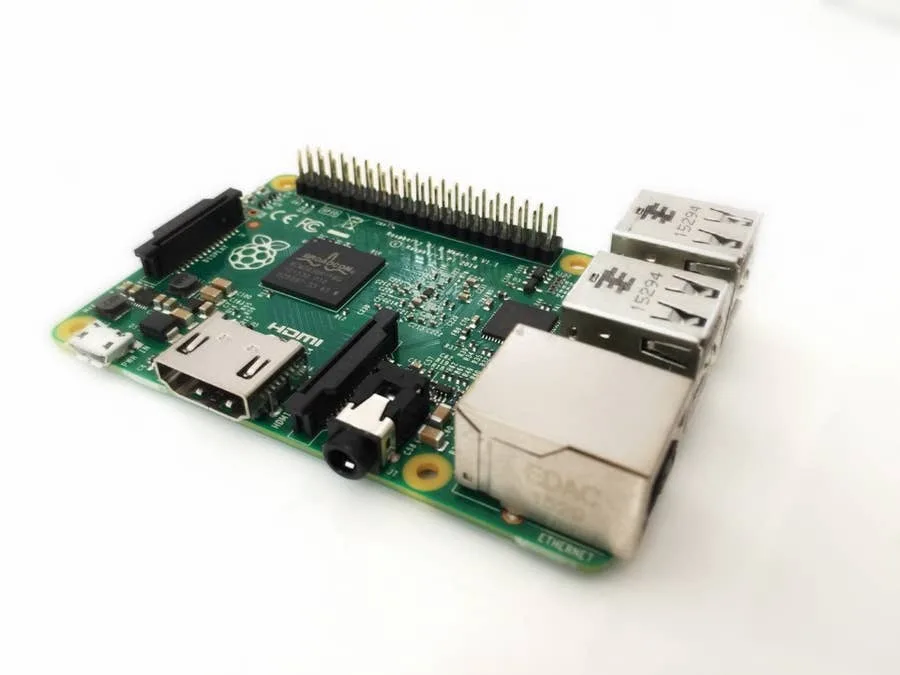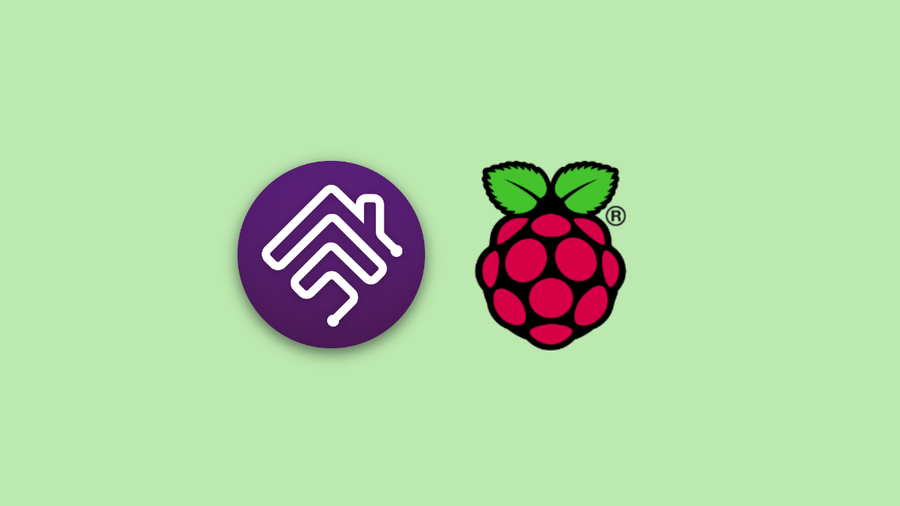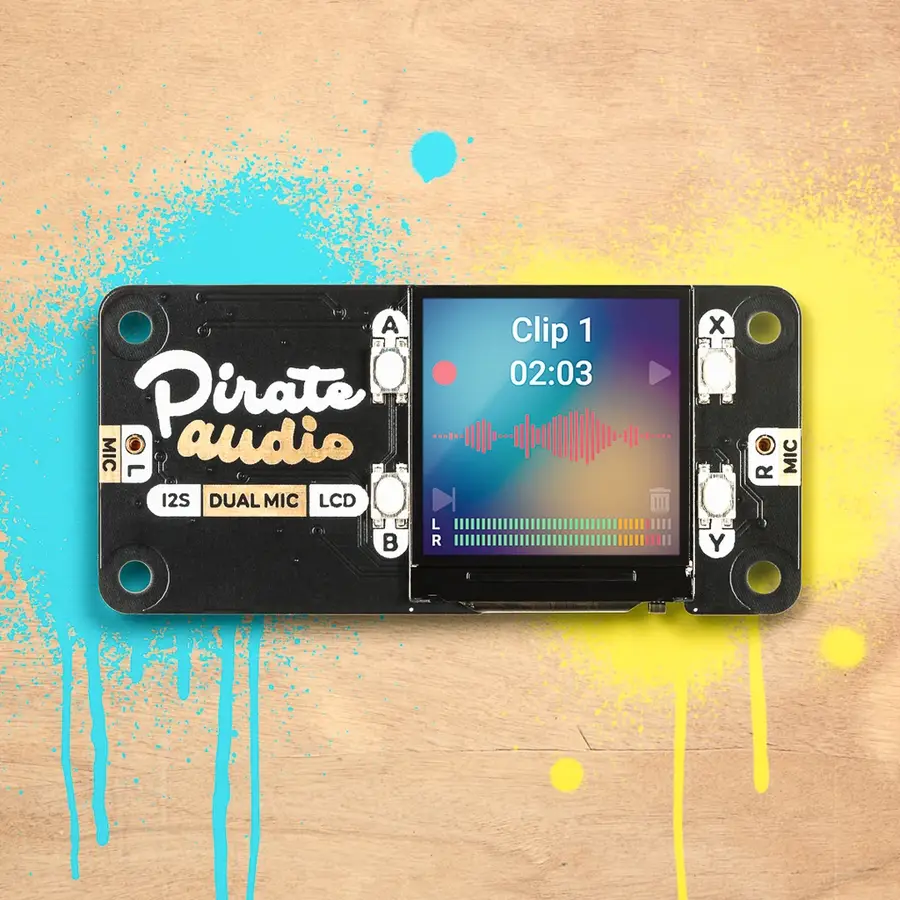Pico vs Arduino Nano Every: Which Do You Need?

Share
Interests
Posted in these interests:



Finding the right microcontroller for your project is critical for not just budgetary reasons but also performance. Different boards come with their own unique specs and support a different variety of hardware. When it comes to choosing the Raspberry Pi Pico or an Arduino Nano, there are a few things you should know before adding any chips to your cart. For the sake of this article, we’ll be comparing the Pico to the Nano Every edition as it’s the most comparable in price and size.
There are many things to consider when selecting a microcontroller and most of the needs will vary from project to project. Here are a few common factors to consider:
- What sensors and/or modules do you need to control?
- What physical size should the microcontroller be?
- How much storage is necessary for the project code?
- How much processing speed is required?
What is a microcontroller?
Microcontrollers are small circuit boards used to control components like servos. They typically have a processor capable of running extremely light applications rather than full operating systems. These are useful for things like operating multiple Servos at once where an SBC would be overkill.
If you’re looking to learn more about the general differences between the larger Rasberry Pi models and Arduino, then check out our general Raspberry Pi versus Arduino comparison.
1 – What is the Pico?
The Raspberry Pi Pico is the first official microcontroller board from the Raspberry Pi Foundation. It has a small footprint and a total of 20 GPIO pins (although the board does not come with headers pre-soldered). It has 16 PWM channels and uses the new RP2040 processor, capable of reaching speeds as fast as 133 MHz.
| Spec | Pico |
|---|---|
| Microcontroller | RP2040 |
| Size | 21mm × 51mm |
| Processing Speed | 133 MHz |
| Memory | 264KB |
| Power Input | 1.8V–5.5V |
| Connectors | 2x UART, 2x SPI, 2xI2C, 16x PWM, 3x Analog |
| Price | $4 |
What’s it good for?
The Pico is ideal for projects that require controlling things like servos, sensors, and more. Its small form factor and low price point of $4 make it a notable board with the processing power of the RP2040 microcontroller. A few example projects include:
- LED Matrix controller – The Pico can drive devices like LED matrixes.
- Robotic-arm driver – The Pico is capable of driving multiple servos, optimal for things like controlling robotic arms.
To learn more about the Raspberry Pi Pico, see our introductory guide!

Raspberry Pi Pico: Everything You Need to Know to Get Started
Small board, massive potential!
2 – What is an Arduino Nano Every?
Arduino is a company that produces several lines of microcontroller boards. The Arduino Nano Every is the physically smallest and cheapest Arduino board currently offered, making it the most comparable to the Raspberry Pi Pico. That said, it’s notably different spec-wise and comes at a higher price point.
| Spec | Arduino Nano Every |
|---|---|
| Microcontroller | ATMega4809 |
| Size | 45mm x 18mm |
| Processing Speed | 20MHz |
| Memory | 48KB |
| Power Input | 5V – 21V |
| Connectors | 1x UART, 1x SPI, 1xI2C, 5x PWM, 8x Analog |
| Price | $10 |
What’s it good for?
This board is a touch smaller than the Pico and is great for portable projects and wearables. It has fewer PMW channels than the Pico but is capable of using up to 8 analog inputs. This board is really just as versatile as the Pico, here are a few example projects you can make with the Nano Every:
- Wearable Projects– This board is easily battery powered making it ideal for projects intended to be worn (think LEDs and cosplay effects).
- Robotic controller – Like the Pico, the Nano Every is capable of driving multiple servos at a time, great for building custom robotics.
To learn more about Arduino and make your first Arduino program, see our introductory guide to Arduino.

Arduino for Beginners: Your First Arduino Program!
Getting started with Arduino
3 – Arduino RP2040 Board
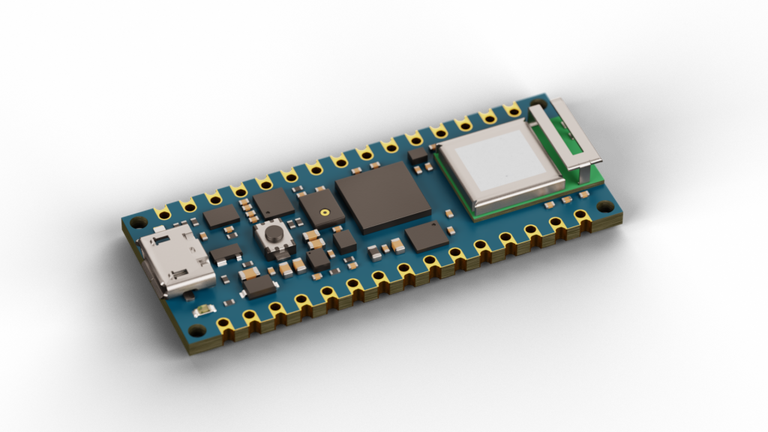
The Raspberry Pi Foundation maintains a positive relationship with companies like Arduino and even provided them full access to the RP2040 chip before its release. The Arduino team has plans in the works already for an RP2040-based Arduino board meaning you can have your Pico and eat it, too. Read more about this new development on the official Arduino blog.
4 – Analyze your project needs
Determine what your project goals are before purchasing a board you don’t need (pr just start a pile of boards like us—we promise you’ll find some cool Pi projects on Howchoo to use it with).
It’s important to break down exactly what your project’s hardware and software demands entail. Here are a few things to consider when taking research notes.
- How much power will the project peripherals require?
- What type of connections will any project sensors and modules require?
- How many connectors will be required for the project?
- How much storage space is necessary for the project code?
These are just a few questions to help you get started when comparing boards. Both the Pico and Arduino boards offer a valuable assortment of features and it’s up to you to determine which board is a home run for your project needs.
5 – Pico vs Arduino
When it comes down to cost, the Pico is a winner. For $4, you get a 133MHz microcontroller with 16 PWM channels. That said, the Arduino Nano Every has a slightly smaller footprint and provides more analog input options. The Nano Every also accepts higher voltages than the Pico, maxing out at 21V.
| Spec | Pico | Arduino Nano Every |
|---|---|---|
| Microcontroller | RP2040 | ATMega4809 |
| Size | 21mm × 51mm | 45mm x 18mm |
| Processing Speed | 133 MHz | 20MHz |
| Memory | 264KB | 48KB |
| Power Input | 1.8V–5.5V | 5V – 21V |
| Connectors | 2x UART, 2x SPI, 2xI2C, 16x PWM, 3x Analog | 1x UART, 1x SPI, 1xI2C, 5x PWM, 8x Analog |
| Price | $4 | $10 |
Overall the boards are comparable but notably distinct. If you want something with more processing power and PWM channels, check out the Pico. If you need something physically smaller or if processing speed isn’t a priority, the Arduino Nano Every is a capable candidate.
At the moment, we’re leaning towards the Pico for our projects to push the new board to its limits and see what it can really do. But that’s no reason to shy away from the Arduino Nano Every. Assess your project needs and take a close look at both of these boards to figure out which one is best for you.

